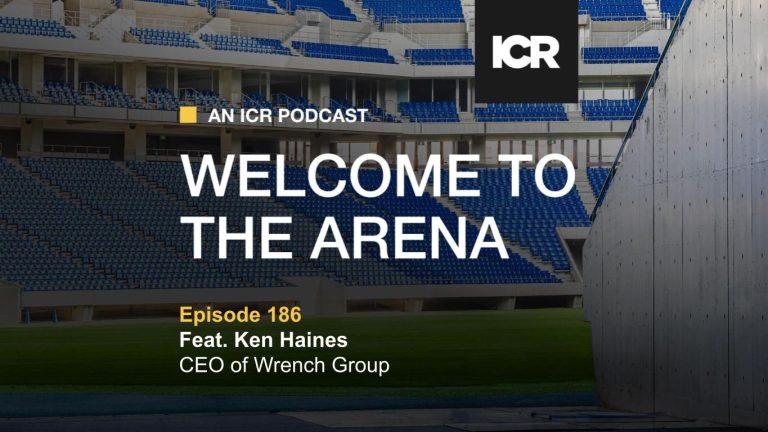What’s in a name? That which we call a meigui, by any other name would smell as sweet.
Me-i guey? What’s a me-i guey?
Well, actually, it’s pronounced MAY-GWAY and it means “rose” in Mandarin Chinese. It’s also an illustration of one of the reasons Asian companies aiming for U.S. IPOs need to work harder at communications to guarantee a successful transaction.
For any startup or private company that aims for an eventual IPO, an early and sustained public relations program is crucial to drive awareness and understanding of who the company is and what it does. Likewise, any company will need to elevate its executives as thought leaders in their respective fields.
Still, Asian companies seeking a U.S. listing must often grapple with even more basic challenges, such as “How do I pronounce your name?” Even if a great company has an outlook that’s coming up meigui, it’s no good if customers or investors can’t pronounce, or remember, the name.
Some of Asia’s foremost public companies that are listed in the U.S. have chosen to address the issue head-on by adopting foreign-friendly names. A good example would be Hangzhou, China-based e-commerce giant Alibaba Group, which goes by the well-known name of the hero from one of the most familiar of the “Arabian Nights” tales. That helped make its path a bit easier in 2014 when Alibaba pulled off the world’s biggest IPO on the New York Stock Exchange at $25 billion.
That approach doesn’t work for all Asian companies, however. Many large private companies have a local brand identity they’ve developed at home and will want to stick with it, even as they expand globally or tap capital markets abroad. Take the case of Shenzhen, China-based telecom equipment and mobile phone maker Huawei. The private company, which hasn’t announced any plans for an IPO, still had to grapple with this pronunciation challenge as it expanded from network equipment into consumer products like smartphones and tablets. How exactly do you say Huawei?
Huawei firmly grasped the need to educate both consumers and journalists not only about the company’s products, but simply about its name, and how to pronounce it. In a video that Huawei’s mobile unit posted to YouTube in 2012, the company sent a team out on the streets of New York with a placard bearing the Huawei logo. Then they asked pedestrians around New York to pronounce the company name, with some hilarious results, the best of which was probably “WHO-AH-WE”. If consumers think your name is pronounced “Who are we” that’s not a recipe for gaining market share. Then the team flipped the placard with the correct pronunciation “WAH-WAY”.
The company’s PR team worked hard with journalists on this basic pronunciation point as well. Do a Google search on the terms “Huawei”, “pronounced”, and “WAH-WAY” to see how many times this combination has made it into news stories. I can’t give you the number. I lost count.
This successful communication strategy was one of the elements that helped unleash five years of continual growth at Huawei’s mobile unit, allowing it to become the world’s third-largest smartphone maker in 2016, gaining ground on Samsung and Apple.
That’s five years of communications work to get consumers to learn how to correctly pronounce a company name. Nobody said this would be easy.
ARE YOU EXPERIENCED?
So you want to get your message out. What faster way than TV exposure? A live TV hit with Bloomberg TV, CNBC, or Fox Business News will have your company’s name rolling off of everyone’s lips, right?
Be prepared for the question that Jimi Hendrix posed to listeners on his debut studio album in 1967: “Are you experienced?”
Even if your CEO was educated overseas in an English-speaking country, if the CEO is a non-native English speaker who has never done an English-language broadcast TV interview before, don’t expect CNBC to rush him live on the air on listing day. Networks will be concerned, can this executive speak fluently, and be understood, in English? They’ll want proof, ideally in the form of a web link to other TV interviews that the executive has previously conducted. If none exist, the producer may insist on a pre-interview with the executive to gauge English fluency. That raises a thorny question with your CEO. What if the producer does the pre-interview and determines the executive’s English fluency isn’t adequate for live TV broadcast? How do you explain that to your CEO?
Nobody wants to be the one to air a disastrous broadcast interview with a CEO who struggles in English and can’t be understood. That makes the first English-language broadcast TV interview the hardest one to get. One way to build up to this can be for the executive to speak at international conferences. Make a video recording of those presentations and put them on YouTube. In addition to raising the CEO’s profile as a thought leader, it will also be a useful demonstration of language fluency as you try to land that first TV interview with a nervous producer.
Overcoming both of these challenges is possible. It’s simply a matter of time, and effort. Don’t wait until the last minute. You’ve been warned. Communications on cross-border IPOs is no bed of meigui.



